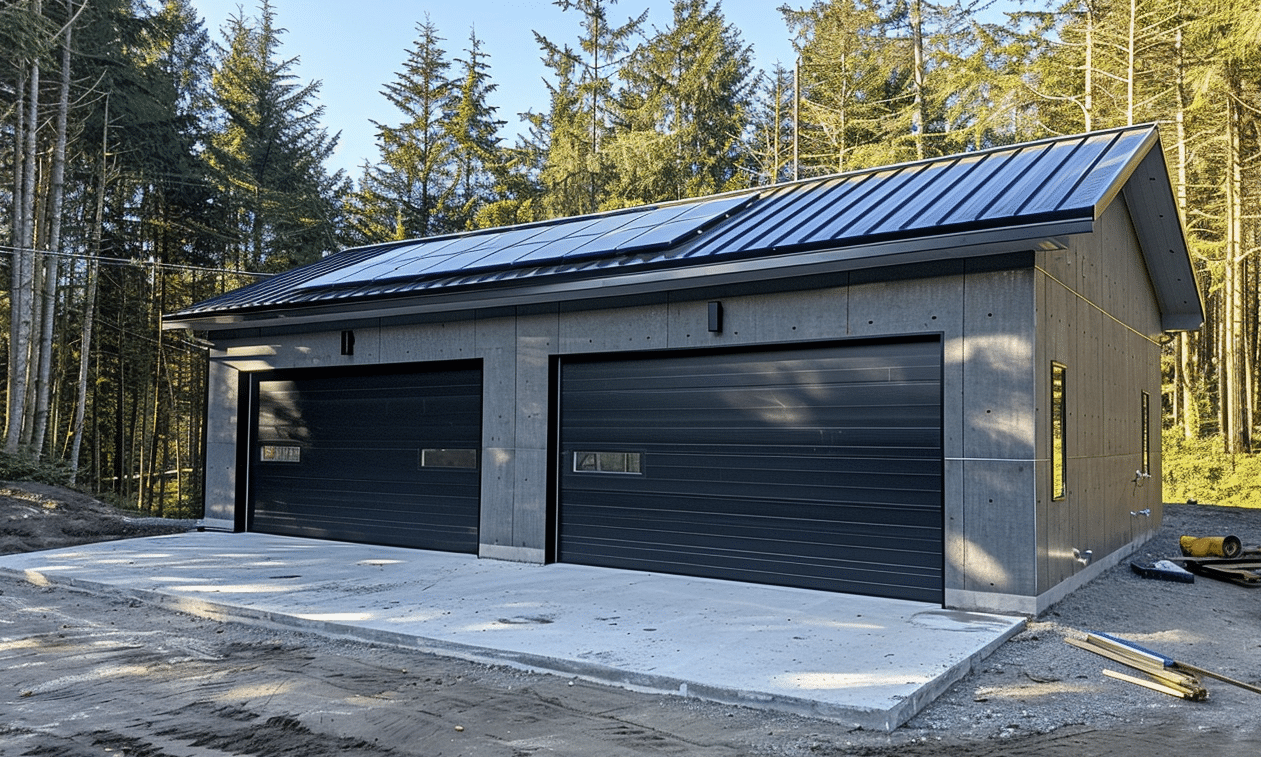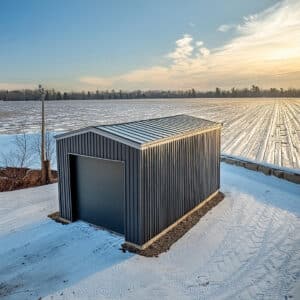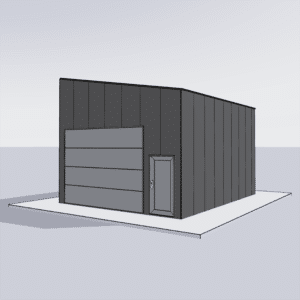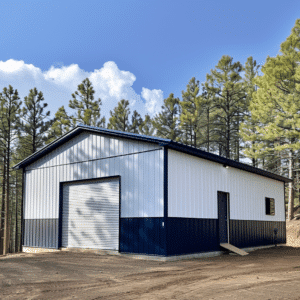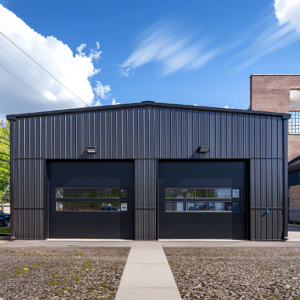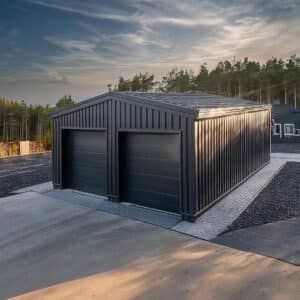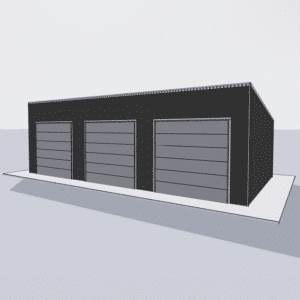The world of construction is as dynamic as the skyscrapers it builds. At the foundation of this industry is a crucial player — steel. But how often do we stop to think about the factors that influence steel prices and, in turn, shape the construction landscape? Understanding steel price trends in construction provides a window into the broader workings of an industry that reaches into every corner of our lives.
Understanding Steel Market Trends
Steel market trends are crucial indicators not only for businesses directly involved in construction but also for economies at large. The price of steel affects the cost of building infrastructure, residential homes, and skyscrapers. But what exactly causes these prices to fluctuate?
The steel market is dictated by several factors, including supply and demand dynamics, political climates, transportation costs, and the cost of raw materials. With the COVID-19 pandemic and recent geopolitical tensions, the steel market has seen unprecedented changes. These events have stressed supply chains, increased material costs, and have consequently reshaped how we approach construction.
Supply Chain Disruptions
The global supply chain is a complex web that connects raw material suppliers to manufacturers, and eventually, to construction sites. Any disruption in this chain, such as delays in shipping or a shortage of raw materials, can lead to significant price increases. Recent events have highlighted the vulnerabilities of relying heavily on global supply chains.
Thus, understanding current Steel Building Industry News & Updates is invaluable for industry players. This empowers them to anticipate potential shortages and adapt their strategies accordingly.
Rising Demand in Emerging Markets
Emerging markets play a pivotal role in steel price trends. As countries like India and China continue to urbanize, their demand for steel skyrockets. This increased demand places pressure on suppliers to meet production needs, often causing prices to rise. Furthermore, these countries’ emphasis on developing robust infrastructure compounds the demand for steel.
The Impact on Small Towns and Local Economies
While major cities feel the pressure from rising steel costs, small towns aren’t exempt. Take, for example, the recent projects in Ontario where dark grey steel buildings are emerging on the landscape.
This development reflects a wider trend where steel’s versatility and strength are harnessed for sustainable growth. But the rising prices also mean these towns must be meticulous in planning and budgeting.
Technological Advancements: A Double-Edged Sword
Modern technology presents both challenges and opportunities in the steel market trend landscape. On one hand, advanced production techniques can enhance efficiency and reduce costs. On the other, technological shifts, such as the push for greener technologies, are driving up demand as industries look to transition.
Consider the modern steel garage kits being rapidly adopted in British Columbia. Not only do they represent a tangible shift towards modernity, but they also spotlight how adaptive and forward-thinking the steel industry must remain amid evolving market trends.
Cost Estimations and Strategic Planning
For those entering the construction sphere or looking to expand, keeping abreast of steel market trends is not just a good idea — it’s essential. Tools such as the Steel Building Cost Estimation Guide can help businesses budget effectively and manage resources wisely in the face of fluctuating steel prices.
Strategic Planning: Building for the Future
While market fluctuations can seem daunting, they also offer opportunities. Strategic planning can help industries leverage these trends to their advantage. Businesses that are adaptable, forward-thinking, and well-informed about the latest Latest Industry News will find themselves in the best position to succeed.
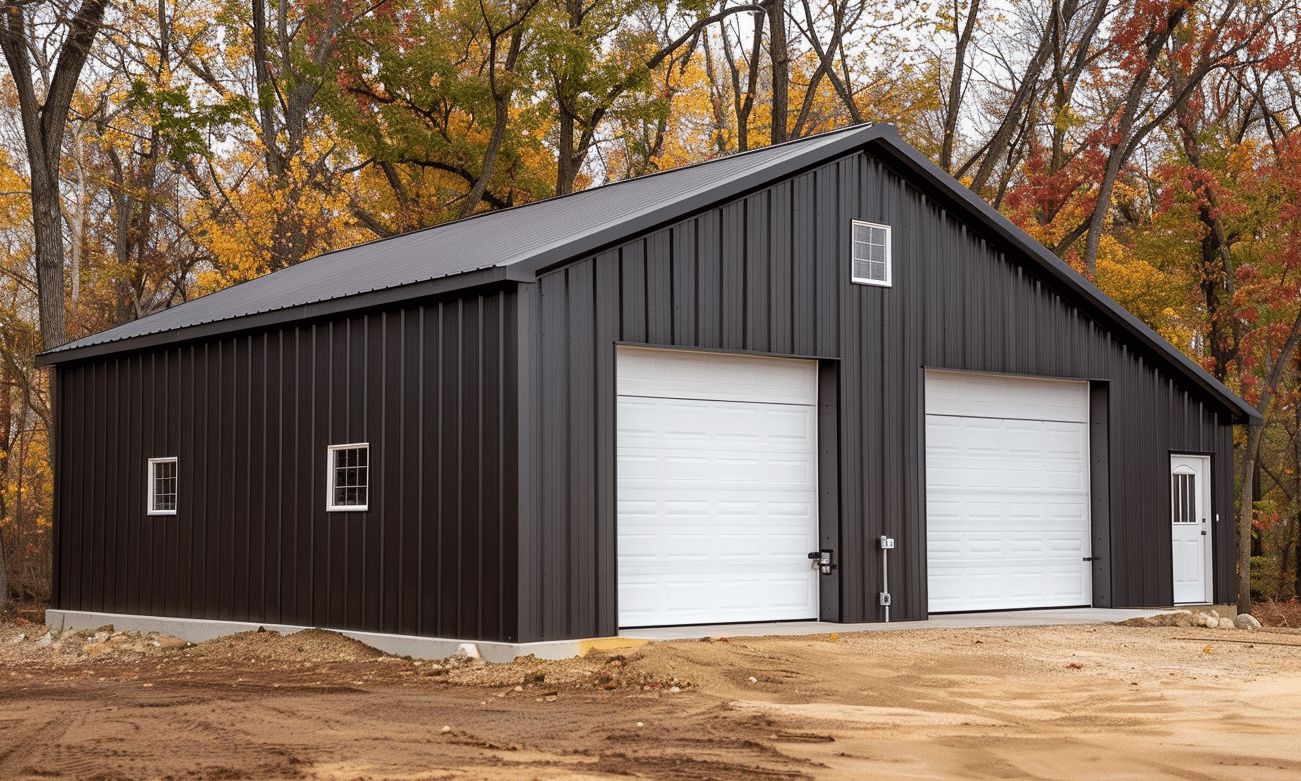
Concluding Insights
The ever-evolving steel market trends carry a significant influence on the construction sector. By understanding these factors, businesses can anticipate changes, mitigate risks, and seize new opportunities. For those invested in the steel industry, the insights from resources like the Steel Industry Year in Review serve as invaluable tools.
In conclusion, while steel prices fluctuate, the demand for innovative solutions within the building realm remains constant. As we navigate this landscape, one thing is sure: the foundation for successful, forward-looking construction lies in staying informed and agile.


